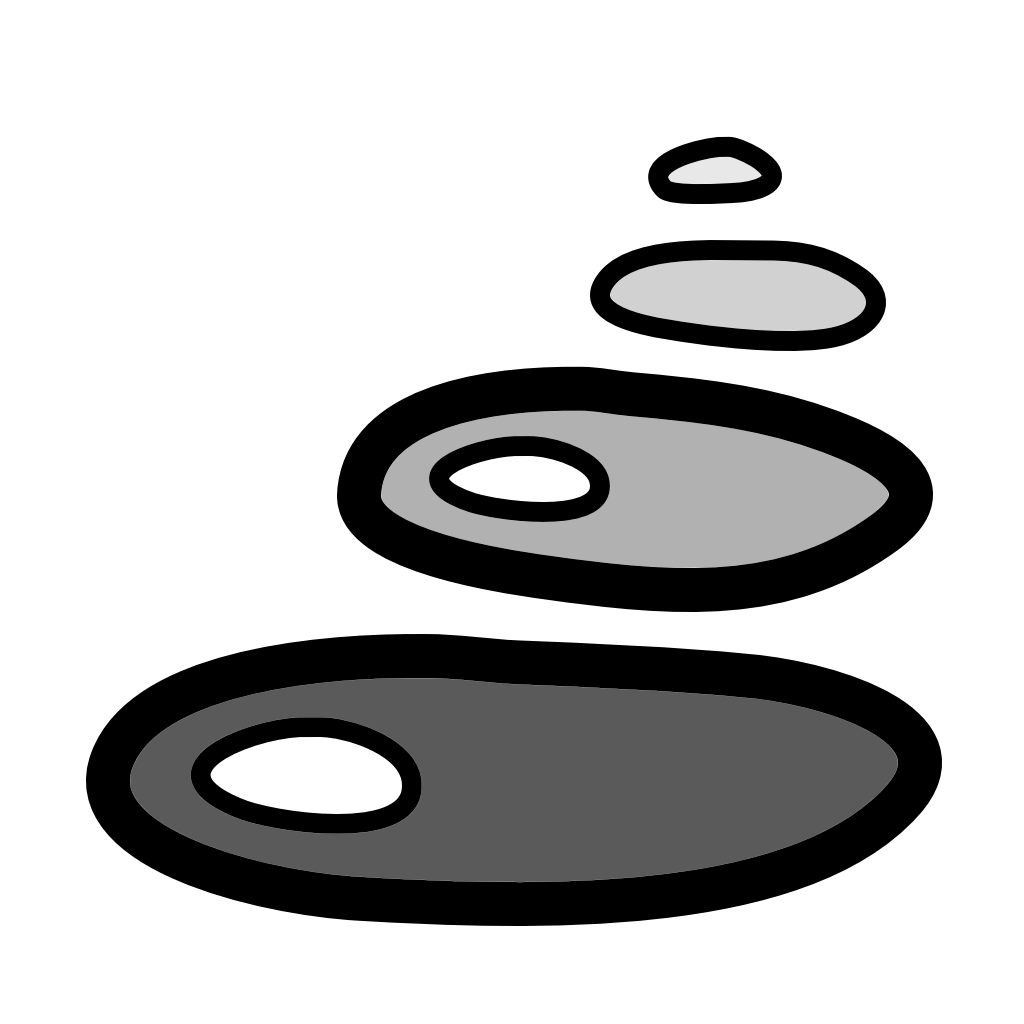Chrysoprase Vs. Emerald
Chrysoprase is a gemstone composed of silicon dioxide.[1] Emerald is a very popular gemstone and its chemical composition is beryllium aluminum silicate.[2]
Quick Facts on Differences of Chrysoprase and Emerald
For a quick recap of the differences chrysoprase and emerald:- While both chrysoprase and emerald can be hexagonal, in terms of crystallography, chrysoprase can be trigonal.
- For chemical formulas, chrysoprase is SiO2 while emerald is Be3Al2Si6O18.
- While both chrysoprase and emerald can be vitreous, in terms of luster, chrysoprase can be greasy or waxy.
- Chrysoprase streaks white while emerald streaks colorless.
- While both chrysoprase and emerald can be commonly green, chrysoprase is often olive.
- Chrysoprase's rarity is less rare than emerald.
- Chrysoprase's hardness is lower than emerald - chrysoprase ranges from 6.5 to 7 and emerald ranges from 7.5 to 8 on the Moh's scale.
Quick Facts on Similarities of Chrysoprase and Emerald
The similarities of chrysoprase and emerald include:- Chrysoprase and emerald both can be opaque, translucent or transparent.
- Chrysoprase's specific gravity overlaps with emerald - chrysoprase ranges from 2.651 to 2.91 and emerald ranges from 2.68 to 2.78.
Summary of Chrysoprase
Chrysoprase is a green-colored gemstone that belongs to the chalcedony family. It is a cryptocrystalline mineral that is formed from silica-rich solutions in cavities or fissures of rocks. The green color of chrysoprase is due to the presence of nickel impurities. The intensity of the green color depends on the amount of nickel present in the mineral. Chrysoprase has a hardness of 6.5 to 7 on the Mohs scale, which makes it a durable gemstone that can be used in jewelry.Summary of Emerald
Emerald is a green variety of beryl, a mineral that also includes aquamarine and morganite. The color of emerald is caused by the presence of chromium and vanadium in the crystal lattice. The intensity of the color and the purity of the green hue are the most important factors in determining the value of an emerald.Table Comparison of Chrysoprase vs Emerald
| Chrysoprase (src) | Emerald (src) | |
|---|---|---|
| Transparency | transparent, translucent, opaque | transparent, translucent, opaque |
| Chemical Formula | SiO2 | Be3Al2Si6O18 |
| Chemical Composition | silicon dioxide | beryllium aluminum silicate |
| Specific Gravity | 2.651, 2.91 | 2.68, 2.78 |
| Hardness | 6.5, 7 | 7.5, 8 |
| Streak | white | colorless |
| Crystallography | hexagonal, trigonal | hexagonal |
| Refractive Index | 1.54, 1.553 | 1.569, 1.602 |
| Hydrous | No | No |
| Colors | common: green, olive |
common: green less common: blue |
| Category | chalcedony | beryl |
| Birefringence | δ = 0.004-0.009 | δ = 0.0040–0.0070 |
| Fracture | conchoidal | conchoidal, uneven |
 AllMineralsRock
AllMineralsRock







